Schools of Anthias are one of the most vibrant sights on a coral reef and are highly desired in the marine aquarium....
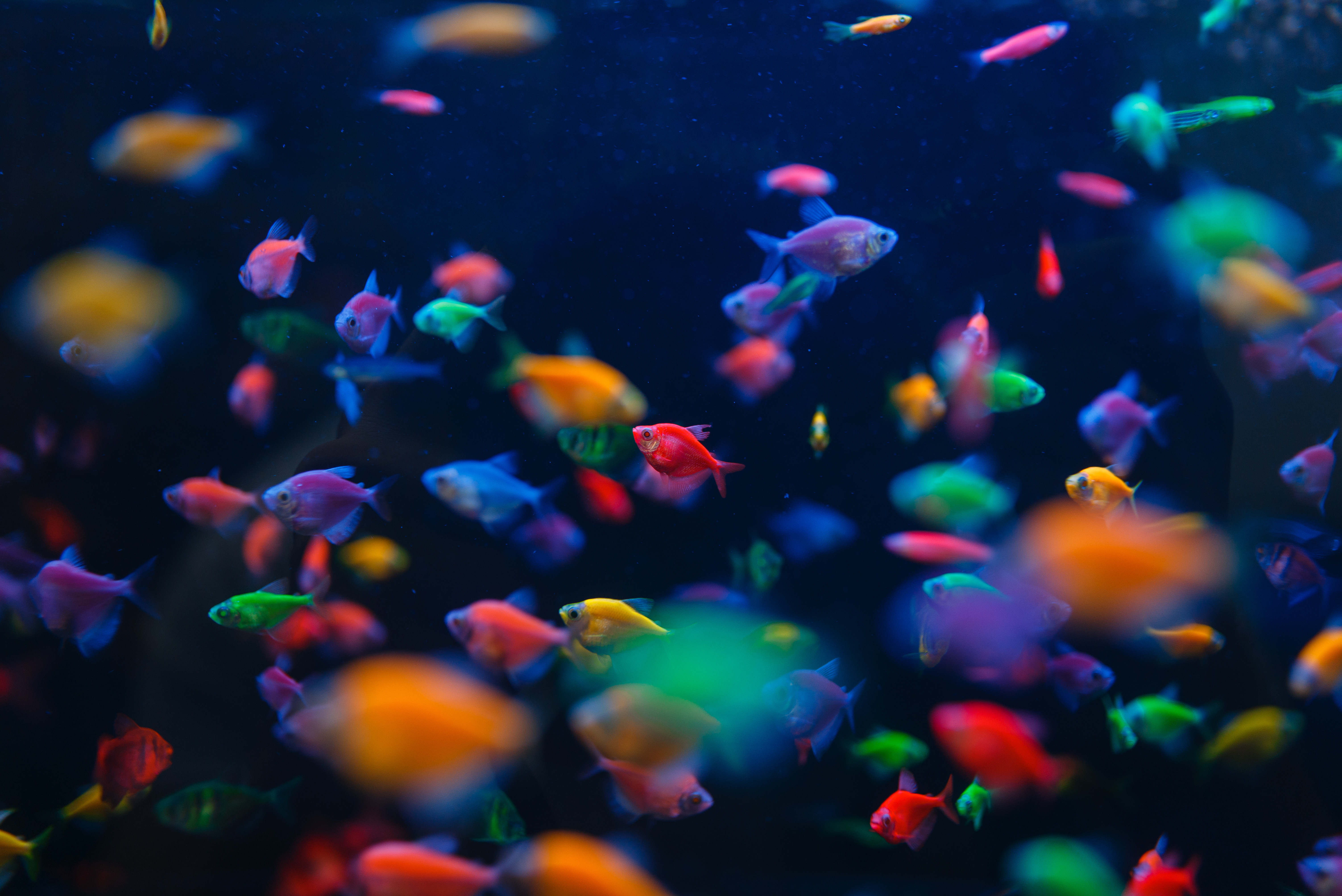
The Science of Water Chemistry: Maintaining a Healthy Aquarium Environment
Importance of Maintaining Water Chemistry Parameters
Welcome to the fascinating world of water chemistry! As an aquarist, maintaining a healthy and thriving aquarium environment is of utmost importance, and understanding the science behind water chemistry is the key to achieving this goal. In this comprehensive guide, we will delve into the various water chemistry parameters that directly impact the well-being of your aquatic inhabitants and explore how to effectively manage them.
Water in your aquarium is not just a simple combination of H2O molecules; it is a complex ecosystem with its own unique chemical and biological components. Each parameter, from pH levels to oxygen concentrations, plays a crucial role in creating a balanced and safe environment for your fish, plants, and other aquatic life. Failing to monitor and maintain these parameters can lead to a host of problems, ranging from stress and illness in your aquatic creatures to the complete collapse of your aquarium's delicate ecosystem.
Whether you are a beginner or an experienced aquarist, understanding the science behind water chemistry is essential for the long-term success of your aquarium. In this article, we will explore the intricacies of water chemistry, providing you with the knowledge and tools necessary to create and maintain a thriving aquatic environment. From the nitrogen cycle to the importance of alkalinity and hardness, we will cover it all, equipping you with the understanding and practical strategies to ensure your aquarium remains a vibrant and healthy oasis for your aquatic inhabitants.
Understanding the Nitrogen Cycle in Aquariums
At the heart of water chemistry in aquariums is the nitrogen cycle, a crucial biological process that governs the transformation and removal of waste products. This cycle is essential for maintaining a healthy and balanced aquarium environment, as it helps to eliminate the buildup of harmful substances like ammonia and nitrites, which can be toxic to your aquatic life.
The nitrogen cycle begins with the breakdown of organic matter, such as fish waste and uneaten food, by beneficial bacteria. These bacteria, known as nitrifying bacteria, convert the ammonia produced by this decomposition into nitrites, and then further into nitrates. Nitrates are less toxic to aquatic life, but they can still accumulate and become problematic if not properly managed.
Understanding the various stages of the nitrogen cycle and the role of beneficial bacteria is crucial for maintaining water quality and ensuring the long-term health of your aquarium. By monitoring the levels of ammonia, nitrites, and nitrates, and taking appropriate action to address any imbalances, you can create a stable and thriving aquatic environment that supports the growth and well-being of your aquatic inhabitants.
pH Level and Its Impact on Aquarium Inhabitants
One of the most critical water chemistry parameters in an aquarium is the pH level, which measures the acidity or alkalinity of the water. The pH scale ranges from 0 to 14, with 7 being neutral. Aquatic life has evolved to thrive within specific pH ranges, and maintaining the ideal pH level is essential for their health and survival.
The pH level in your aquarium can have a profound impact on the overall chemistry of the water, affecting the solubility and availability of various nutrients, as well as the toxicity of certain substances. For example, in acidic water (low pH), the toxicity of ammonia and heavy metals increases, while in alkaline water (high pH), the availability of carbon dioxide for plant growth may be limited.
Ideally, the pH level in your aquarium should be maintained within a range that is suitable for the specific fish and plants you are keeping. Many tropical fish species prefer a slightly acidic to neutral pH range, typically between 6.5 and 7.5, while some species may thrive in a slightly more alkaline environment. Understanding the pH preferences of your aquatic inhabitants and monitoring the pH level in your aquarium is crucial for maintaining a healthy and balanced ecosystem.
Temperature Regulation in Aquariums
Another critical water chemistry parameter that directly affects the well-being of your aquatic inhabitants is temperature. Just like humans, fish and other aquatic life have specific temperature ranges in which they thrive, and maintaining the ideal temperature is essential for their health and survival.
The temperature in your aquarium can influence a wide range of biological processes, from the metabolism and feeding patterns of your fish to the growth and reproduction of your aquatic plants. Fluctuations in temperature can cause significant stress and even lead to the development of diseases in your aquatic inhabitants.
Maintaining a stable and consistent temperature in your aquarium is crucial for creating a healthy and thriving environment. Most tropical fish species prefer a temperature range between 75°F and 82°F (24°C and 28°C), while some species may have slightly different requirements. By using appropriate heating and cooling equipment, as well as monitoring the temperature regularly, you can ensure that the water in your aquarium remains within the optimal range for your aquatic life.
Oxygen Levels and Its Significance in Aquariums
Oxygen is a vital component of the aquarium ecosystem, and maintaining adequate dissolved oxygen levels is crucial for the well-being of your aquatic inhabitants. Aquatic life, including fish, plants, and beneficial bacteria, rely on dissolved oxygen to support their respiratory and metabolic processes.
The amount of dissolved oxygen in your aquarium water can be influenced by a variety of factors, such as water temperature, the number of aquatic plants, and the level of aeration or water movement. In general, warmer water holds less dissolved oxygen than cooler water, and a heavily planted aquarium may require additional aeration to ensure sufficient oxygen levels.
Monitoring and maintaining appropriate dissolved oxygen levels in your aquarium is essential for the health and survival of your aquatic life. Low oxygen levels can lead to stress, reduced growth, and even death in your fish and other aquatic organisms. By using appropriate equipment, such as air pumps, powerheads, or surface agitators, and regularly testing the dissolved oxygen levels, you can create a thriving aquatic environment that supports the needs of your aquatic inhabitants.
Alkalinity and Hardness of Water in Aquariums
In addition to pH and temperature, the alkalinity and hardness of the water in your aquarium are also crucial water chemistry parameters that can significantly impact the health and well-being of your aquatic life.
Alkalinity refers to the water's ability to neutralize acids, and it is primarily determined by the presence of carbonate and bicarbonate ions. Maintaining the appropriate alkalinity level is essential for stabilizing the pH in your aquarium, as it helps to buffer against sudden changes in acidity or alkalinity.
Hardness, on the other hand, is a measure of the concentration of dissolved minerals, such as calcium and magnesium, in the water. The hardness of the water can affect the availability of certain nutrients and the ability of aquatic organisms to regulate their internal environments.
Understanding the ideal alkalinity and hardness ranges for your aquarium inhabitants is crucial for maintaining a healthy and thriving ecosystem. By testing and adjusting these water chemistry parameters as needed, you can create a stable and balanced aquatic environment that supports the growth and well-being of your fish, plants, and other aquatic life.
Testing and Monitoring Water Chemistry Parameters
Maintaining a healthy aquarium environment requires regular testing and monitoring of the various water chemistry parameters. This process involves using a range of test kits and instruments to measure the levels of different substances in the water, such as pH, ammonia, nitrites, nitrates, alkalinity, and hardness.
Regularly testing and monitoring the water chemistry in your aquarium is essential for identifying and addressing any imbalances or fluctuations that may occur. By keeping a close eye on these parameters, you can quickly detect and resolve any issues before they become more serious, ensuring the long-term health and well-being of your aquatic inhabitants.
When it comes to testing and monitoring water chemistry, it's important to follow the manufacturer's instructions carefully and to use high-quality test kits and equipment. Additionally, keeping detailed records of your test results can help you identify trends and patterns, allowing you to make more informed decisions about the management of your aquarium's water quality.
Adjusting Water Chemistry Parameters
Once you have tested and monitored the various water chemistry parameters in your aquarium, the next step is to make any necessary adjustments to maintain the ideal conditions for your aquatic life. This process may involve adding or removing specific substances, performing water changes, or using specialized equipment or treatments.
For example, if your pH level is too low, you may need to add a pH-raising substance, such as baking soda or crushed coral, to increase the alkalinity and stabilize the pH. Conversely, if the pH is too high, you may need to use an acid-based product or perform more frequent water changes to lower the pH.
Similarly, if your ammonia, nitrite, or nitrate levels are too high, you may need to take steps to remove these compounds, such as performing more frequent water changes, adding beneficial bacteria, or using specialized filtration media. Adjusting the temperature, oxygen levels, alkalinity, and hardness may also be necessary, depending on the specific needs of your aquarium inhabitants.
When making adjustments to your aquarium's water chemistry, it's important to do so gradually and carefully, as sudden changes can be stressful or even harmful to your aquatic life. By taking a measured and informed approach, you can ensure that your aquarium remains a healthy and thriving environment for your fish, plants, and other aquatic organisms.
Conclusion: Key Takeaways for Maintaining a Healthy Aquarium Environment
In conclusion, understanding the science of water chemistry is essential for maintaining a healthy and thriving aquarium environment. From the critical role of the nitrogen cycle to the importance of pH, temperature, oxygen levels, alkalinity, and hardness, each water chemistry parameter plays a crucial part in supporting the well-being of your aquatic inhabitants.
By regularly testing and monitoring these parameters, and making adjustments as needed, you can create a stable and balanced aquatic ecosystem that provides your fish, plants, and other aquatic life with the optimal conditions for growth and survival. Remember, a healthy aquarium is the result of a deep understanding of water chemistry and a commitment to maintaining the delicate balance of this complex ecosystem.
As you continue on your aquarium journey, keep these key takeaways in mind: - Understand the nitrogen cycle and the role of beneficial bacteria in maintaining water quality - Monitor and maintain the ideal pH, temperature, oxygen, alkalinity, and hardness levels for your aquarium inhabitants - Use high-quality test kits and equipment to regularly monitor water chemistry parameters - Make gradual and informed adjustments to water chemistry as needed to address any imbalances - Stay vigilant and proactive in maintaining a healthy and thriving aquarium environment
By embracing the science of water chemistry and taking a proactive approach to aquarium maintenance, you can create a vibrant and sustainable aquatic ecosystem that brings joy and fascination to you and your aquatic companions. Happy aquarium keeping!

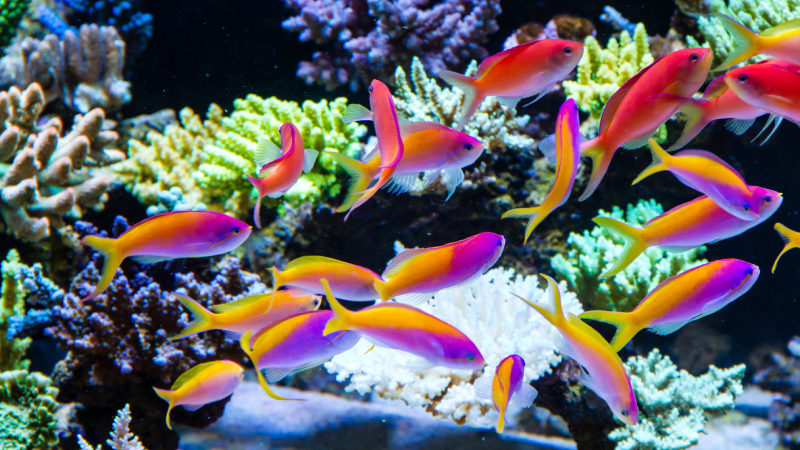
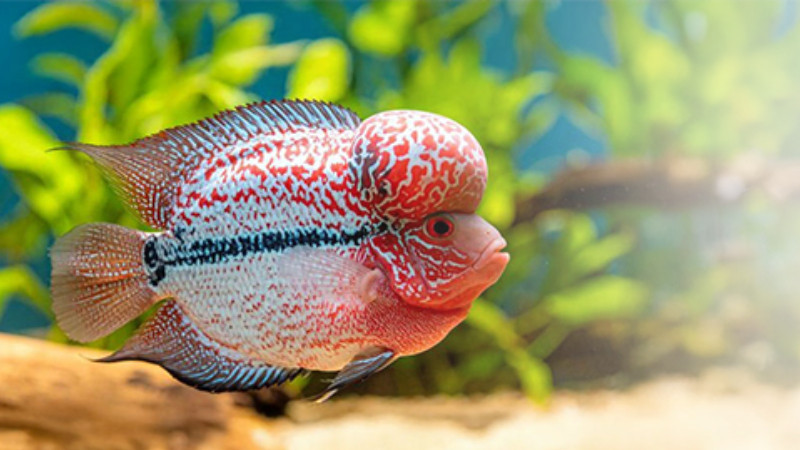
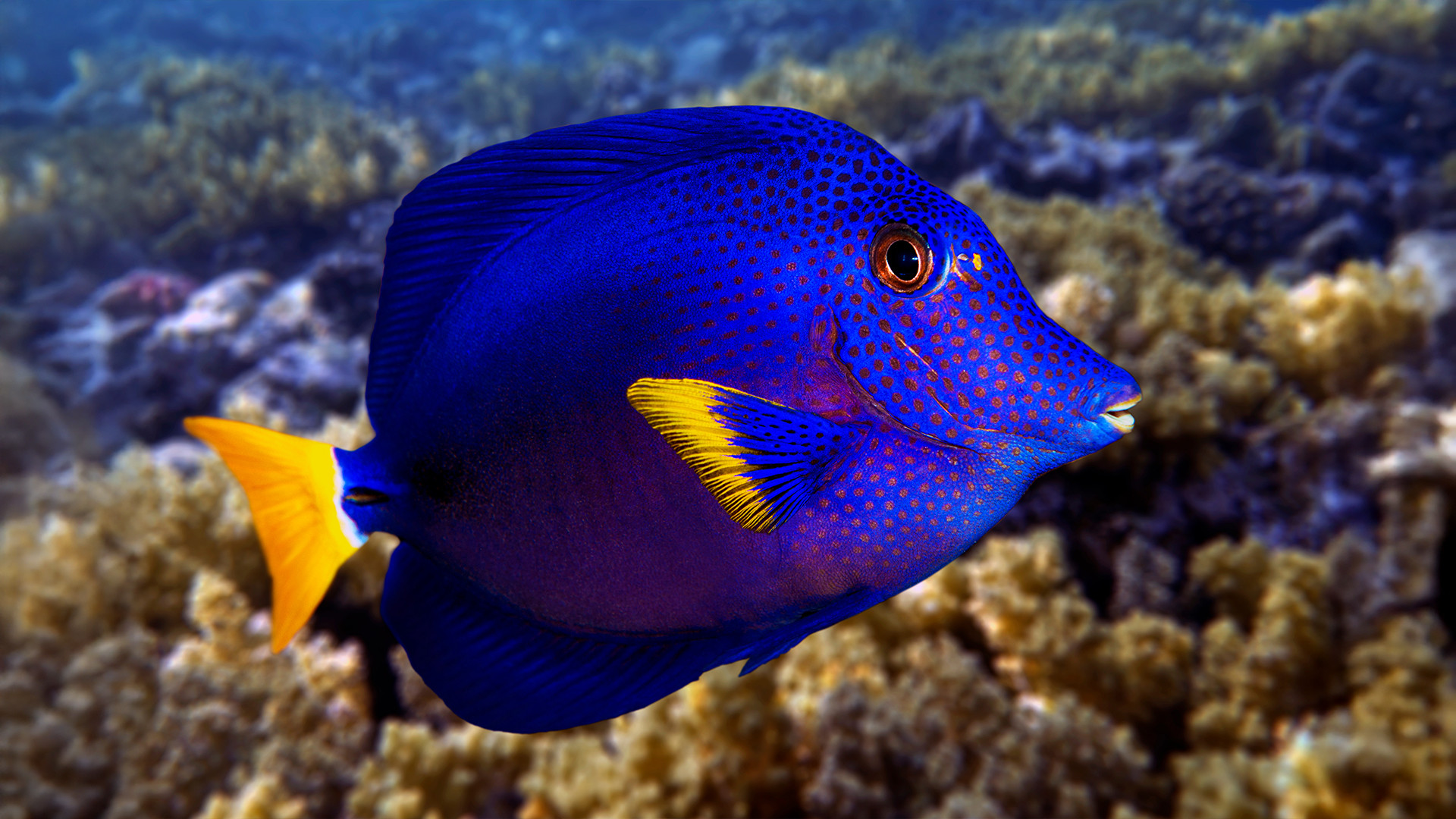


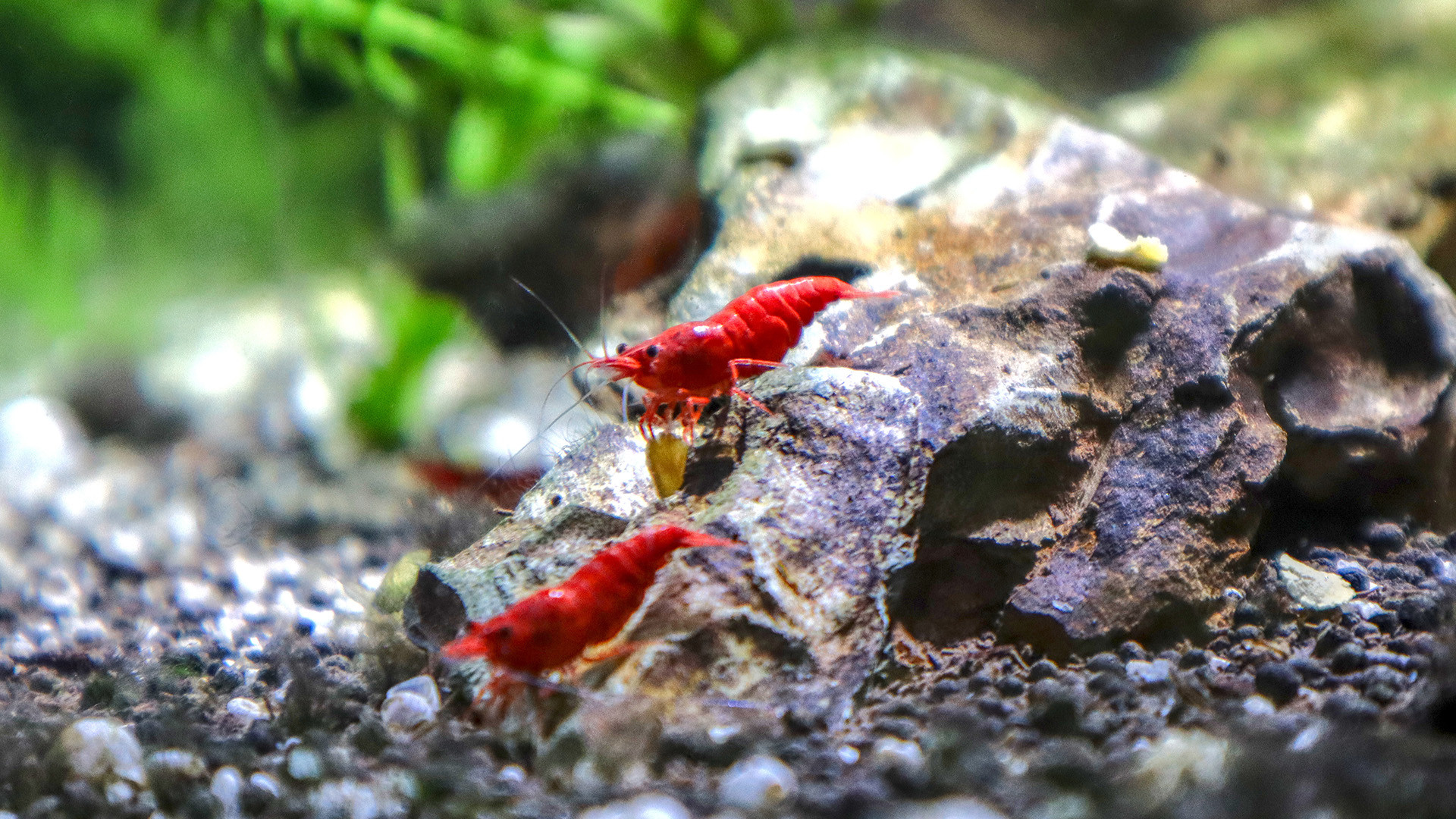
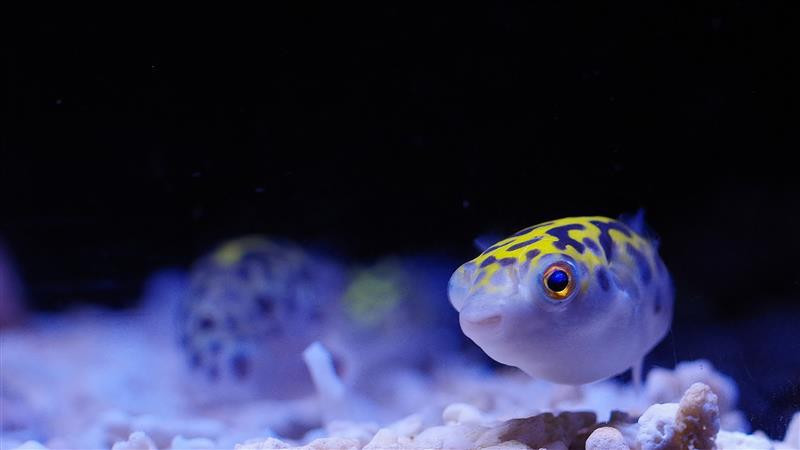
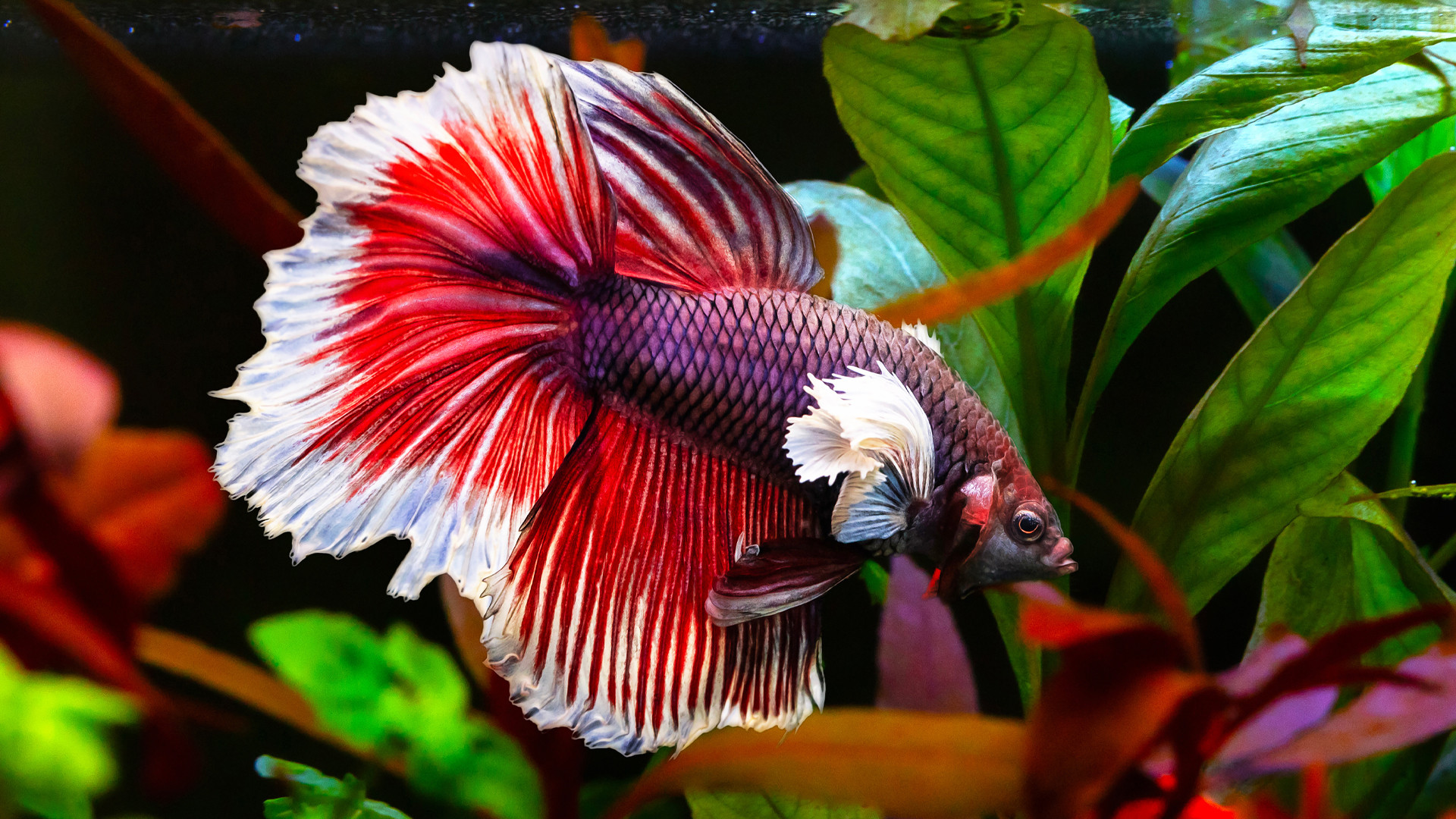
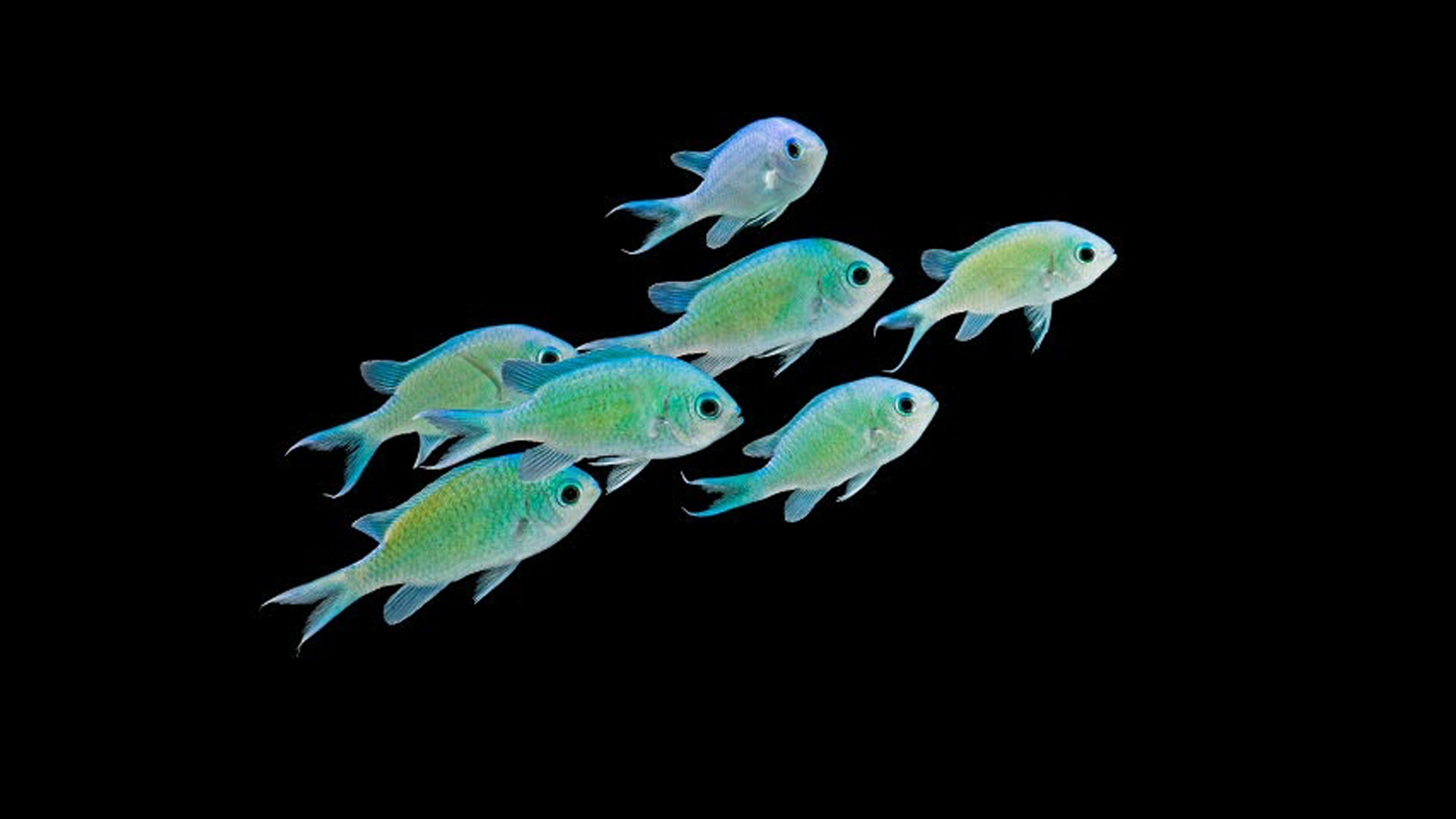
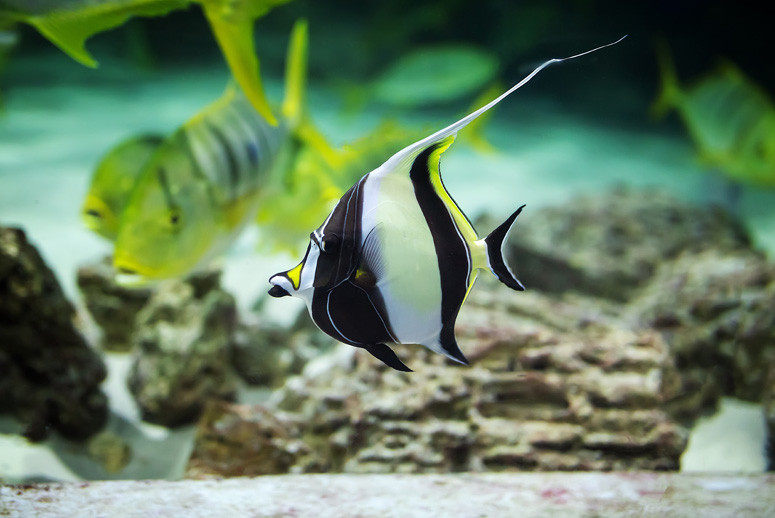
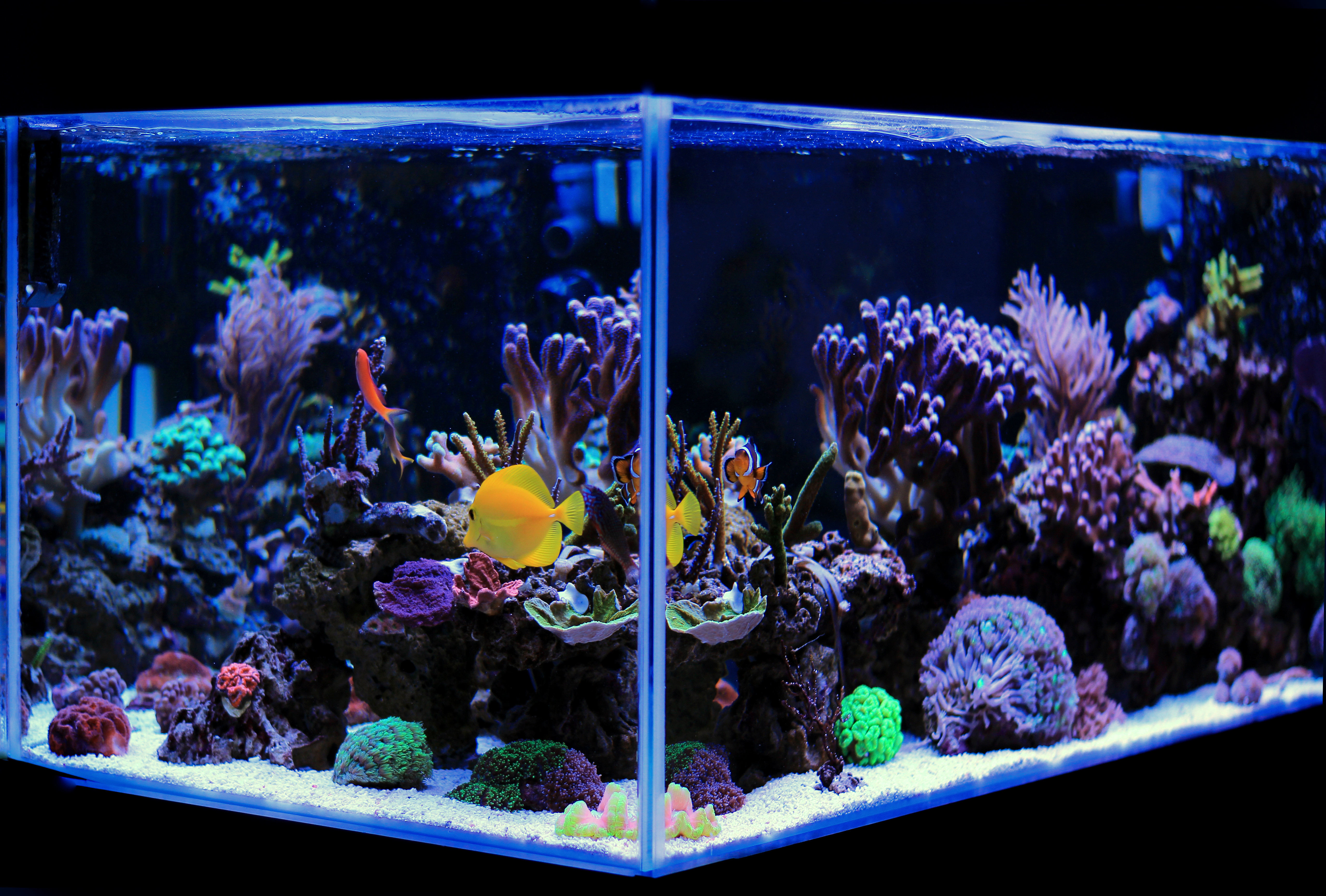
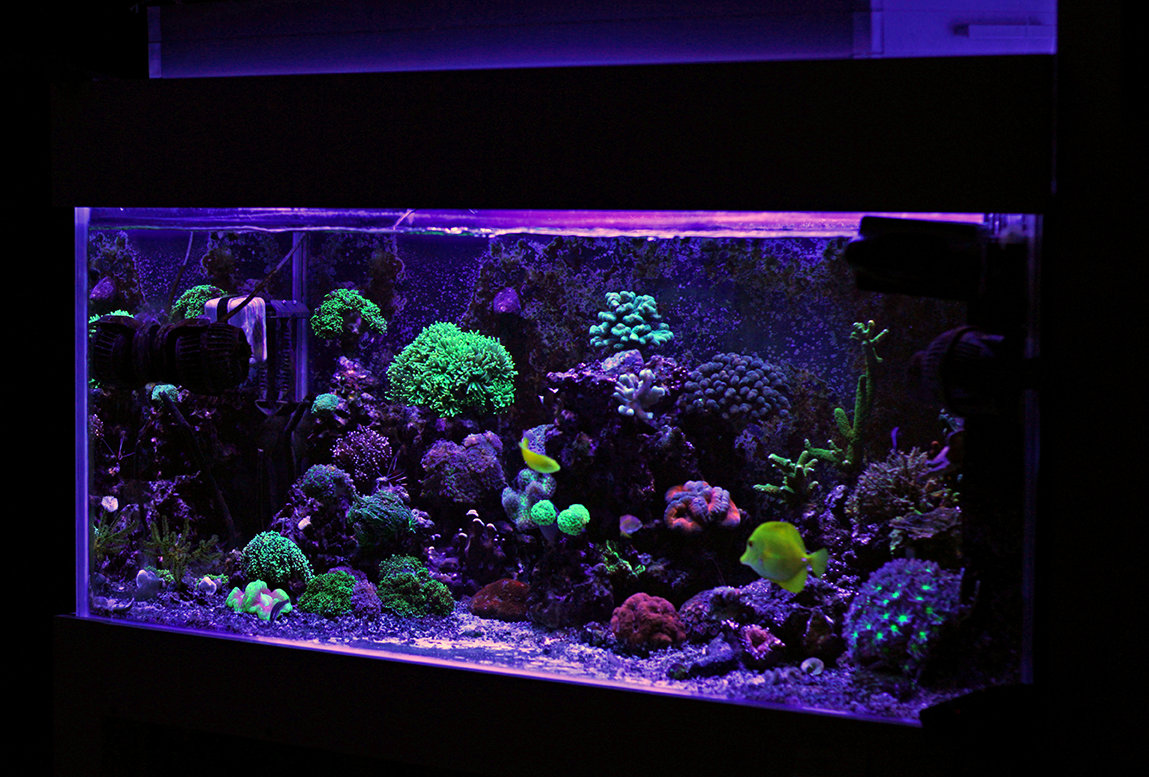
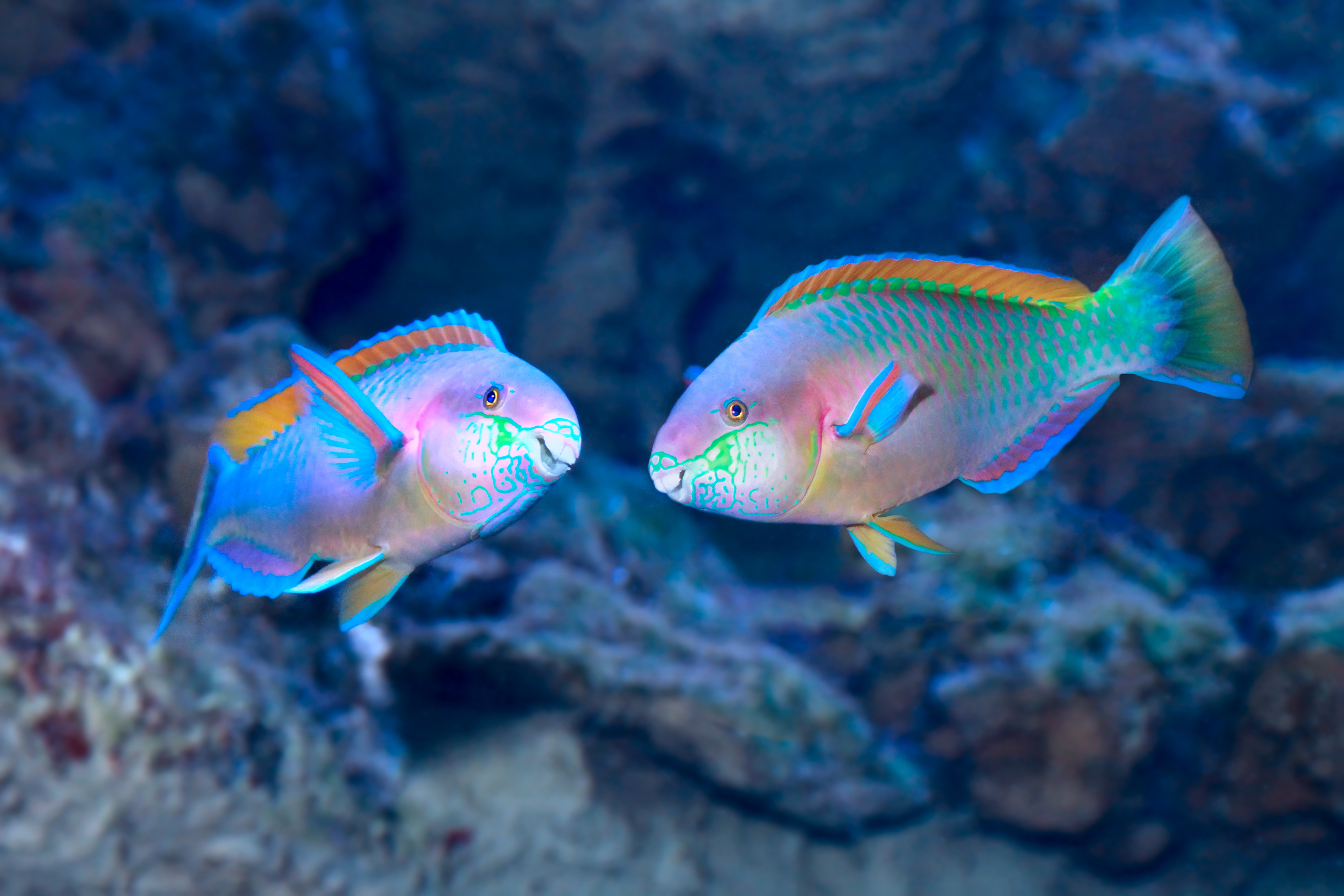
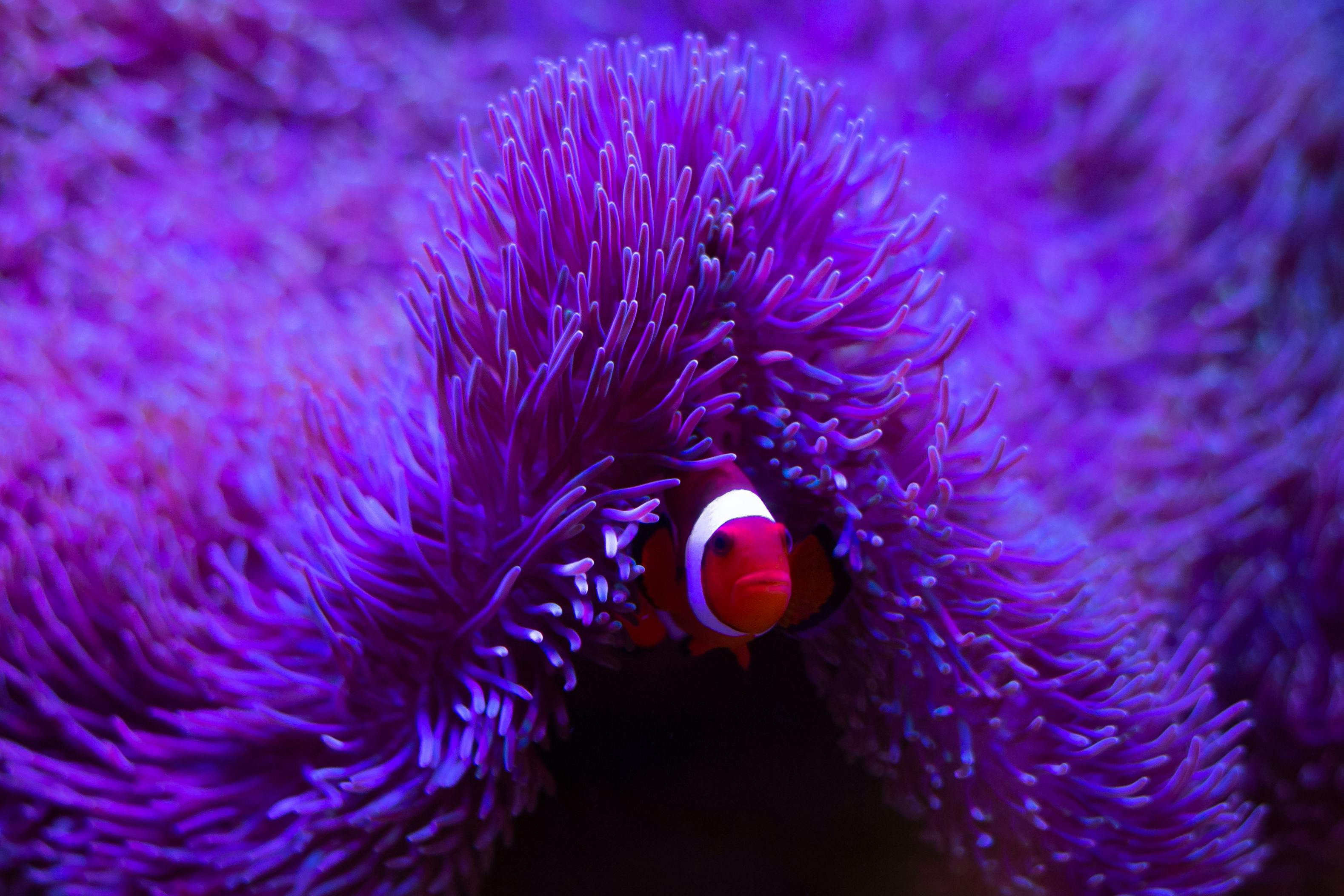
Leave a comment